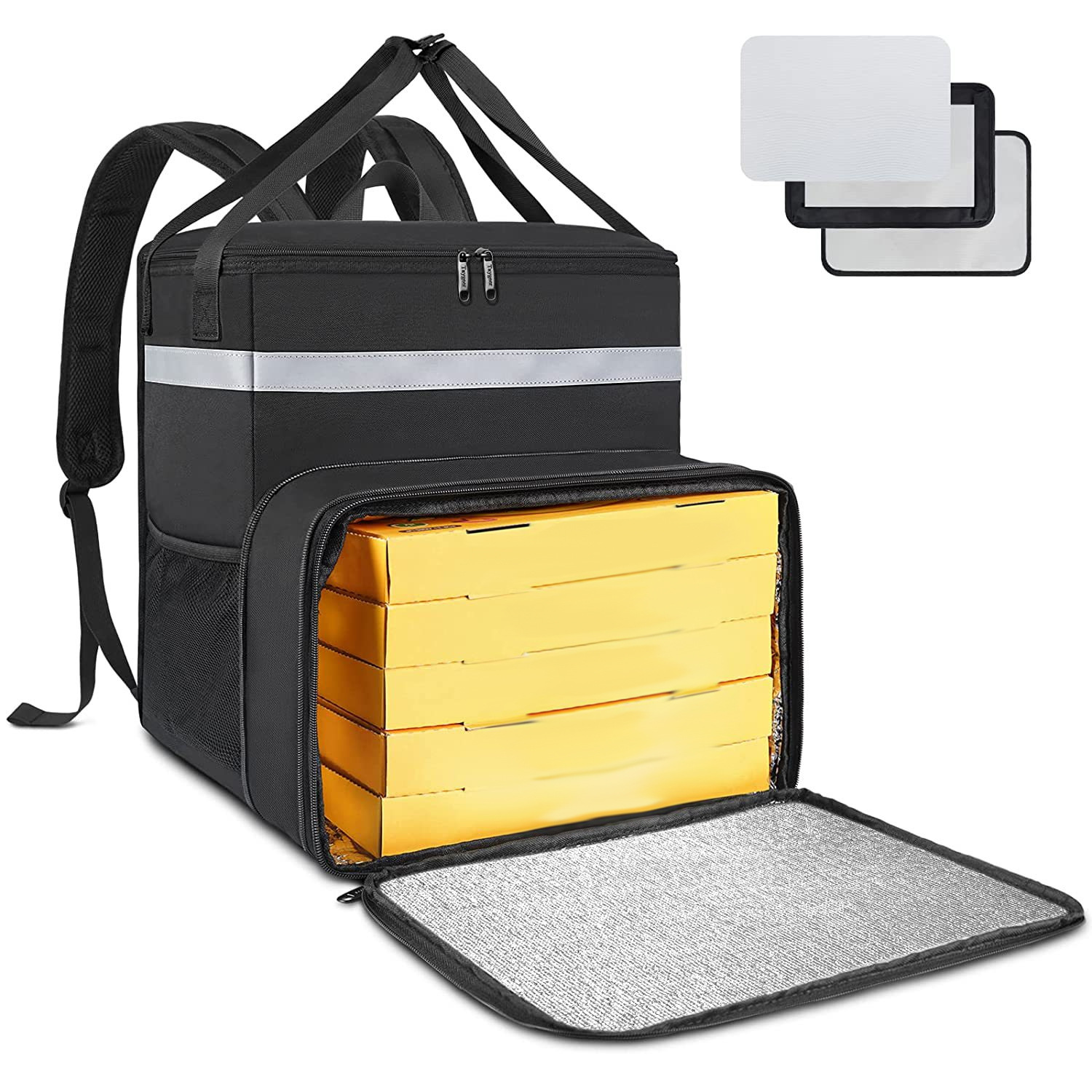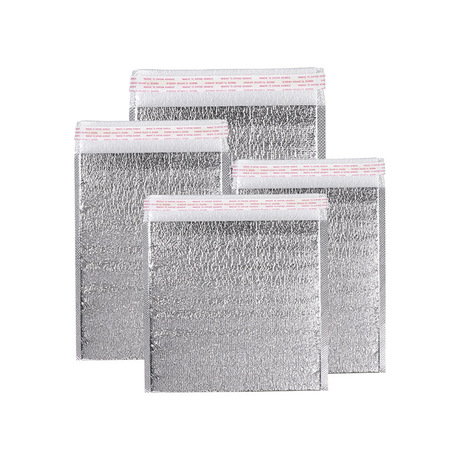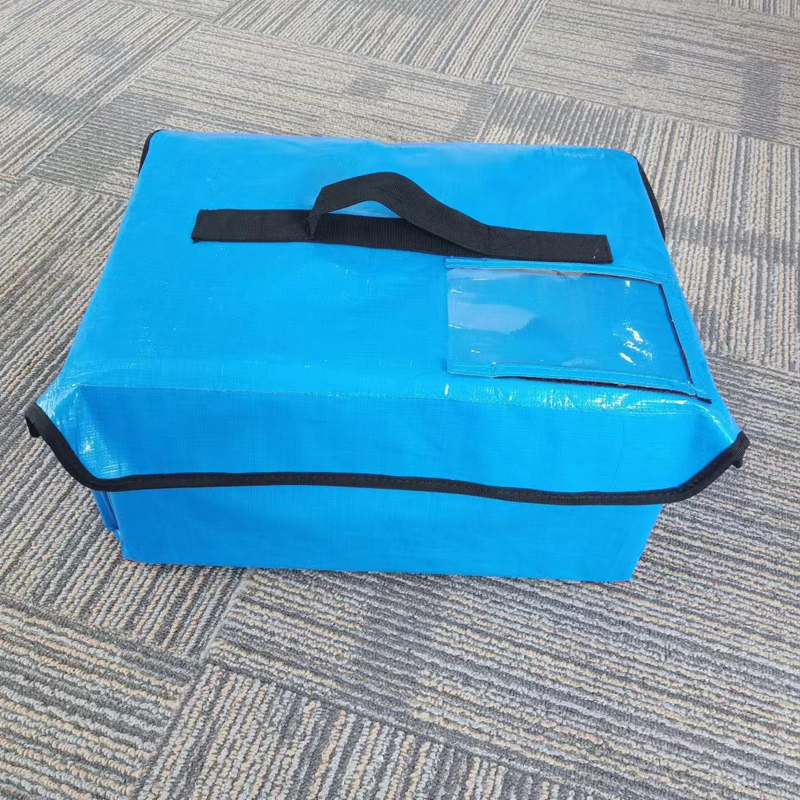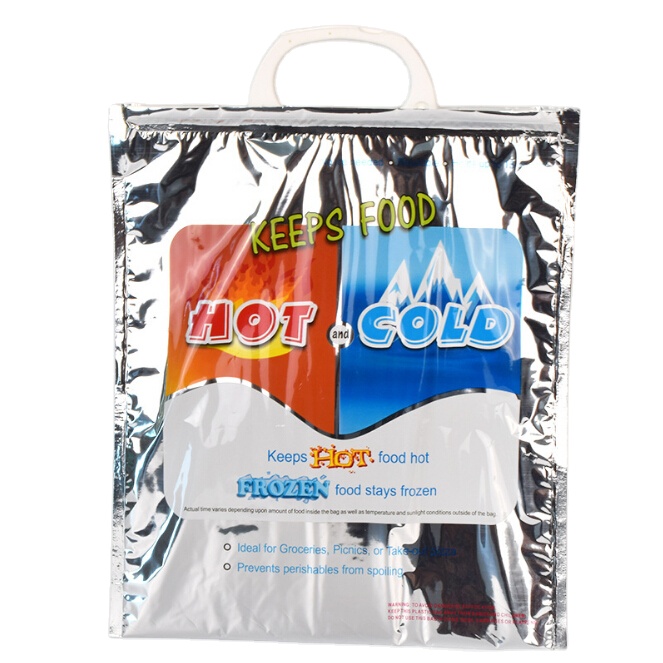Phase change materials (PCMs) can be divided into several categories based on their chemical composition and phase change characteristics, each with specific application advantages and limitations. These materials mainly include organic PCMs, inorganic PCMs, bio based PCMs, and composite PCMs. Below is a detailed introduction to the characteristics of each type of phase change material:
1. Organic phase change materials
Organic phase change materials mainly include two types: paraffin and fatty acids.
-Paraffin:
-Features: High chemical stability, good reusability, and easy adjustment of melting point by changing the length of molecular chains.
-Disadvantage: The thermal conductivity is low, and it may be necessary to add thermal conductive materials to improve the thermal response speed.
-Fatty acids:
-Features: It has a higher latent heat than paraffin and a wide melting point coverage, suitable for various temperature requirements.
-Disadvantages: Some fatty acids may undergo phase separation and are more expensive than paraffin.
2. Inorganic phase change materials
Inorganic phase change materials include saline solutions and metal salts.
-Salt water solution:
-Features: Good thermal stability, high latent heat, and low cost.
-Disadvantages: During freezing, delamination may occur and it is corrosive, requiring container materials.
-Metal salts:
-Features: High phase transition temperature, suitable for high-temperature thermal energy storage.
-Disadvantages: There are also corrosion issues and performance degradation may occur due to repeated melting and solidification.
3. Biobased phase change materials
Biobased phase change materials are PCMs extracted from nature or synthesized through biotechnology.
-Features:
-Environmentally friendly, biodegradable, free of harmful substances, meeting the needs of sustainable development.
-It can be extracted from plant or animal raw materials, such as vegetable oil and animal fat.
-Disadvantages:
-There may be issues with high costs and source limitations.
-The thermal stability and thermal conductivity are lower than traditional PCMs, and may require modification or composite material support.
4. Composite phase change materials
Composite phase change materials combine PCMs with other materials (such as thermal conductive materials, support materials, etc.) to improve certain properties of existing PCMs.
-Features:
-By combining with high thermal conductivity materials, the thermal response speed and thermal stability can be significantly improved.
-Customization can be made to meet specific application requirements, such as enhancing mechanical strength or improving thermal stability.
-Disadvantages:
-The preparation process may be complex and costly.
-Accurate material matching and processing techniques are required.
These phase change materials each have their unique advantages and application scenarios. The selection of the appropriate PCM type usually depends on the specific application’s temperature requirements, cost budget, environmental impact considerations, and expected service life. With the deepening of research and the development of technology, the development of phase change materials
The application scope is expected to further expand, especially in energy storage and temperature management.






.jpg)










